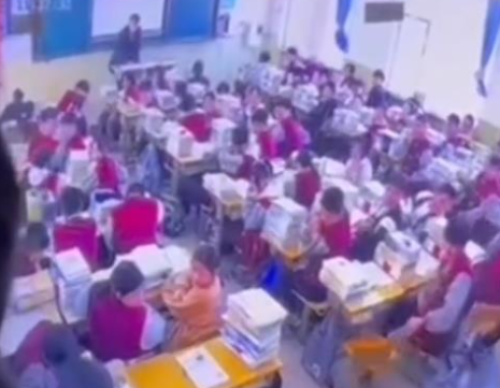Labor Arbitration in China: Navigating the Complexities
Introduction
Labor arbitration plays a crucial role in resolving employment disputes in China. However, navigating the intricacies of this process can be challenging for both employers and employees. This article delves into the landscape of labor arbitration in China, exploring its complexities and providing insights for both parties.
.jpg)
Legal Framework
The legal framework governing labor arbitration in China is primarily established by the Labor Arbitration Law (1993) and the Labor Law (1994). These laws stipulate that labor disputes should be resolved through arbitration prior to resorting to litigation.
The arbitration process is administered by local labor arbitration committees, which are independent and impartial bodies. These committees are responsible for investigating disputes, mediating between parties, and rendering legally binding awards.
Initiating Arbitration
Initiation of labor arbitration is relatively straightforward. Within 60 days of the occurrence of a dispute, either the employer or the employee can file an application with the local labor arbitration committee. The application should set out the details of the dispute and the relief sought.
Arbitration Process
The arbitration process generally involves the following steps:
Mediation: The labor arbitration committee first attempts to mediate the dispute between the parties. If mediation succeeds, the terms of the settlement are recorded in a written agreement that is binding on both parties. Hearing: If mediation fails, the committee holds a hearing at which both parties present their evidence and arguments. The hearing may be open to the public or closed, depending on the nature of the dispute. Award: After considering the evidence and arguments, the committee issues an award that determines the outcome of the dispute. The award is binding on both parties and can only be overturned through a successful judicial review.
Judicial Review
Either party may seek judicial review of a labor arbitration award by filing a petition with the relevant people's court within 15 days of receiving the award. The court will review the award for procedural errors or violations of the law. If the court finds any such errors or violations, it may annul or modify the award.
Challenges
While labor arbitration is intended to provide a fair and efficient means of dispute resolution, it can present certain challenges for both employers and employees:
Evidence Gathering: Gathering sufficient evidence to support one's case can be difficult, especially for employees who may not have access to company records or expert witnesses. Legal Representation: Neither party is required to have legal representation in labor arbitration. However, having an experienced attorney can provide significant advantages in terms of navigating the process and presenting a strong case. Timeliness: The strict time limits for filing an arbitration application and seeking judicial review can be challenging to meet, especially for parties who are unfamiliar with the process.
Recommendations
To effectively navigate the complexities of labor arbitration in China, both employers and employees are advised to:
Understand the Legal Framework: Familiarity with the relevant laws and regulations is crucial for understanding one's rights and obligations. Seek Professional Assistance: Legal representation can be invaluable in navigating the arbitration process and improving the chances of a favorable outcome. Prepare Thoroughly: Gather as much evidence as possible to support one's case and prepare clear and concise arguments. Follow Timelines: Adhere strictly to the deadlines for filing arbitration applications and seeking judicial review. Be Patient and Persistent: Labor arbitration can be a lengthy and complex process. Maintaining patience and persistence is essential for achieving a satisfactory outcome.
Conclusion
Navigating labor arbitration in China requires a thorough understanding of the legal framework and the process involved. While challenges may arise, by following the recommendations outlined above, both employers and employees can effectively resolve employment disputes and protect their rights.


.jpg)